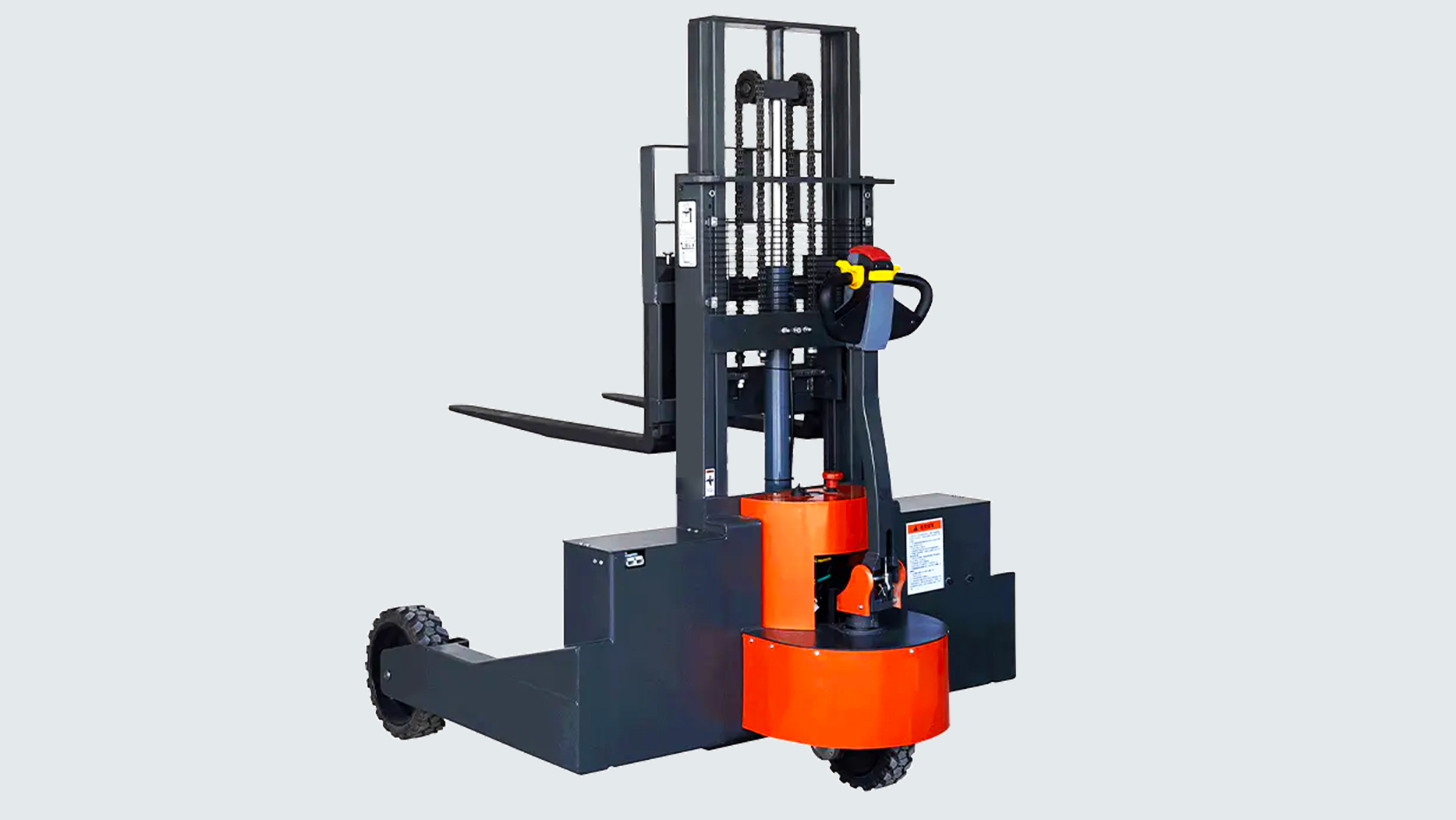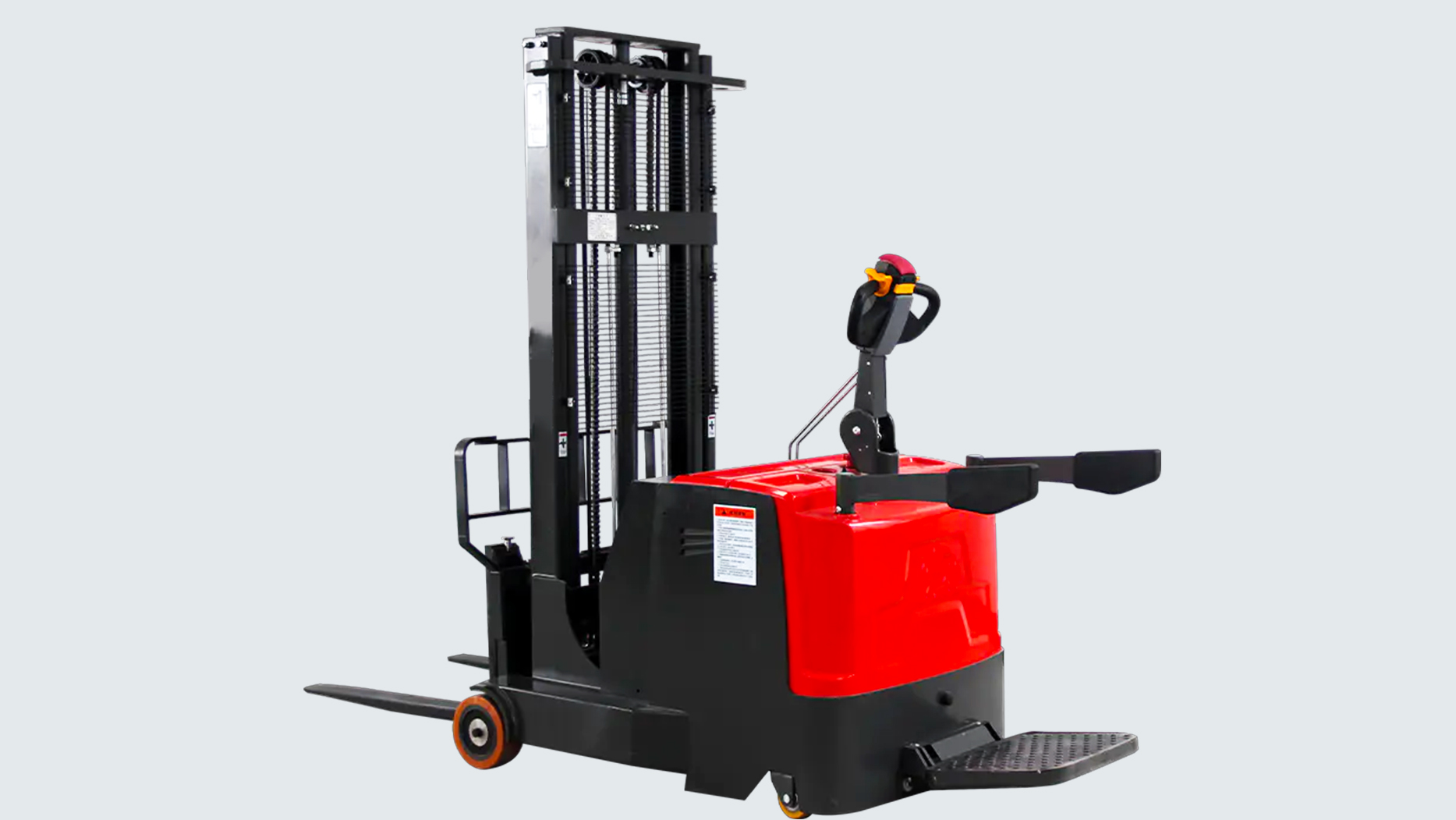I. Introduction
Stackers are indispensable tools across numerous industries, from warehousing and logistics to manufacturing and retail. These machines facilitate efficient material handling by lifting and moving palletized goods, optimizing storage space, and streamlining operations. However, the cost of a stacker can vary significantly, depending on factors such as type, load capacity, and brand. This article aims to provide a comprehensive guide to stacker costs, breaking down the factors that influence pricing, exploring different stacker types, and offering insights into long-term financial considerations. Whether you're a small business owner or a logistics manager, understanding the cost implications is crucial for making informed purchasing decisions and optimizing your material handling budget.
II. Factors Influencing Stacker Costs
Manual stackers are generally the most affordable, while electric and automated stackers command higher prices due to their advanced features.
Within electric stackers, walkie stackers are typically less expensive than ride-on, reach, or narrow aisle models.
Load Capacity and Lift Height:
Stackers with higher load capacities and greater lift heights are more expensive due to their robust construction and powerful mechanisms.
Brand and Manufacturer:
Established brands known for their reliability and advanced technology often charge premium prices. Budget brands may offer lower initial costs but could incur higher long-term maintenance expenses.
New vs. Used:
New stackers come with warranties and the latest technology, but used stackers can offer significant cost savings.
Additional Features and Customizations:
Features like advanced sensors, automation capabilities, specialized forks, and custom paint jobs can increase the overall cost.
III. Cost Breakdown by Stacker Type
Typical price range: $1,000 to $5,000.
Factors affecting cost: lift height, load capacity, and build quality.
Maintenance and operational costs: low, primarily manual labor.
Electric Stackers:
Walkie stacker cost range: $5,000 to $15,000.
Ride-on stacker cost range: $15,000 to $30,000.
Reach stacker cost range: $25,000 to $45,000.
Narrow Aisle stacker cost range: $35,000 to $60,000+.
Battery and charging infrastructure costs: $2,000 to $5,000+ depending on the type of battery and charging system.
Maintenance and operational costs: moderate, including battery maintenance and periodic servicing.
Automated Stackers:
Initial investment costs: $100,000+.
Integration and software costs: significant, depending on the complexity of the warehouse management system (WMS) integration.
Long-term operational savings: reduced labor costs and increased efficiency.
IV. Used Stacker Market
Advantages and disadvantages of buying used:
Advantages: lower initial cost, faster availability.
Disadvantages: limited warranty, potential maintenance issues, outdated technology.
Factors affecting used stacker prices:
Age, condition, usage hours, and maintenance history.
Online marketplaces, auctions, and used equipment dealers.
Inspection and maintenance considerations:
Thorough inspection by a qualified technician is crucial to assess the condition and potential repair costs.
V. Operational and Maintenance Costs
Energy/fuel costs:
Electric stackers: electricity costs for charging.
Manual stackers: minimal energy costs.
Maintenance and repair costs:
Routine maintenance, parts replacement, and repairs.
Operator training and certification costs:
Training programs and certification fees.
Insurance and liability costs:
Insurance premiums and potential liability costs.
VI. Financing and Leasing Options
Purchase financing options:
Loans, lines of credit, and equipment financing.
Leasing vs. buying: advantages and disadvantages:
Leasing: lower upfront costs, predictable monthly payments.
Buying: ownership, long-term investment.
Rental options for short-term needs:
Daily, weekly, or monthly rentals.
VII. Long-Term Cost Considerations
Return on investment (ROI) analysis:
Calculating the payback period and long-term savings.
Total cost of ownership (TCO) calculation:
Including purchase price, operational costs, maintenance, and depreciation.
Depreciation and resale value:
Estimating the depreciation rate and potential resale value.
VIII. Budgeting and Cost-Saving Strategies
Tips for budgeting for stacker purchases:
Accurate needs assessment, comparison shopping, and contingency planning.
Strategies for reducing operational costs:
Regular maintenance, operator training, and energy-efficient practices.
IX. Future Trends and Cost Implications
Impact of technological advancements on stacker costs:
Potential cost reductions due to improved battery technology and automation.
Potential changes in market demand and supply:
Fluctuations in demand and supply can affect pricing.
X. Conclusion
Understanding the various factors that influence stacker costs is essential for making informed purchasing decisions. By considering the type of stacker, load capacity, brand, and long-term operational costs, businesses can optimize their material handling budgets and maximize ROI. Careful analysis and planning are crucial for selecting a stacker that meets specific needs while remaining cost-effective.
Post time:Apr.02.2025



